World’s largest aquatic food producers are highly vulnerable to the effects of climate change, with the US, China and Thailand at most risk overall
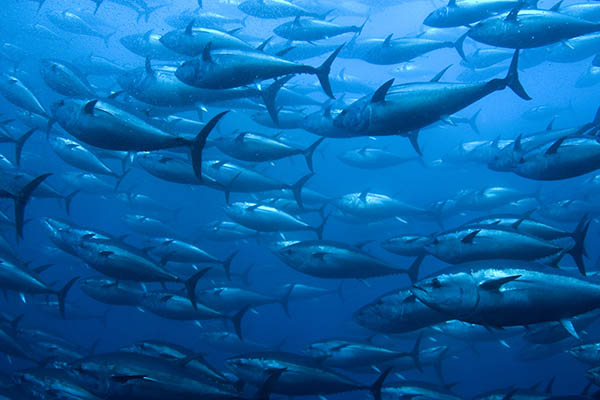
Many of the world’s largest aquatic food producers are highly vulnerable to human-induced climate change, with some of the highest-risk countries in Asia, Latin America and Africa demonstrating the lowest capacity for adaptation, a landmark study has shown.
The study, which was published in Nature Sustainability, shows that more than 90 percent of global blue food production, in both capture fisheries and aquaculture, faces substantial risks from environmental change, with several leading countries in Asia and the United States set to face the greatest threats to production.
It’s the first-ever global analysis of environmental stressors impacting the production quantity and safety of blue foods around the world, ranking countries for the first time according to their exposure to key stressors.
“Environmental stressors do not care about national borders,” said Ben Halpern, co-lead author and professor at UC Santa Barbara and director of the National Center for Ecological Analysis and Synthesis. “Stressors get moved by air, water, species and humans, connecting land to sea and ecosystem to ecosystem.”
Seventeen stressors were surveyed, including algal blooms, sea level rise, changing temperatures and pesticide exposure. Species invasion, inland eutrophication or algal blooms, ocean warming and sea level rise were cited as the main threats to blue food production in the Untied States, with freshwater and marine fisheries facing disproportionately large risks.
As the largest blue food producer, China’s freshwater aquaculture is also highly exposed to inland eutrophication and severe weather events, the research shows. The researchers argue that special attention should be paid to “countries facing high exposure to environmental change yet not possessing adequate capacity for adaptation,” including Bangladesh, Eswatini, Guatemala, Honduras and Uganda.
In terms of production systems, findings indicate that marine fisheries were generally more vulnerable to climate-related stressors, particularly rising ocean temperatures and acidification, whereas aquaculture was more susceptible to the effects of diseases and hypoxia (or low oxygen levels).
“Although we have made some progress with climate change, our adaptation strategies for blue food systems facing environmental change are still underdeveloped and need urgent attention,” said Rebecca Short, co-lead author and researcher at the Stockholm Resilience Centre.
Overall, the study calls for “more transboundary collaboration and adaptation strategies” which recognize that the ecosystems that blue food production relies upon are highly interconnected, with environmental change in one area “having potential knock-on effects elsewhere.”
“We have only scratched the surface in our understanding of how environmental stressors are connected, and how they can both negatively impact the production and safety of the resulting blue foods,” said Ling Cao, co-lead author and professor at the State Key Laboratory of Marine Environmental Science at Xiamen University. “Understanding the complexity of these stressors, and their cascading impacts, will be essential in developing successful adaptation and mitigation strategies.”
Follow the Advocate on Twitter @GSA_Advocate
Now that you've reached the end of the article ...
… please consider supporting GSA’s mission to advance responsible seafood practices through education, advocacy and third-party assurances. The Advocate aims to document the evolution of responsible seafood practices and share the expansive knowledge of our vast network of contributors.
By becoming a Global Seafood Alliance member, you’re ensuring that all of the pre-competitive work we do through member benefits, resources and events can continue. Individual membership costs just $50 a year.
Not a GSA member? Join us.
Author
-
Responsible Seafood Advocate
[103,114,111,46,100,111,111,102,97,101,115,108,97,98,111,108,103,64,114,111,116,105,100,101]
Tagged With
Related Posts
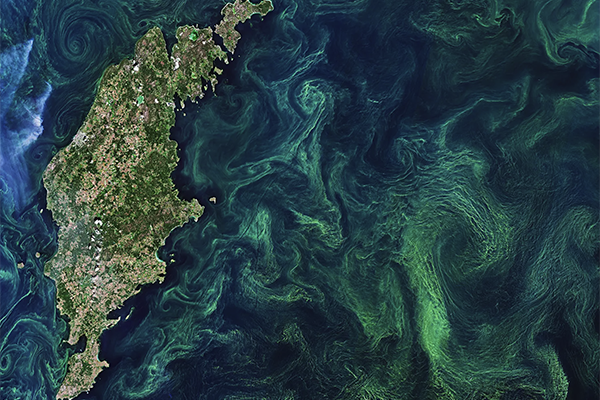
Fisheries
Study: Fisheries managers should expect volatility due to marine heatwaves
With marine heatwaves on the rise, a new study presents a roadmap on what scientists, fisheries managers and policymakers should prioritize.
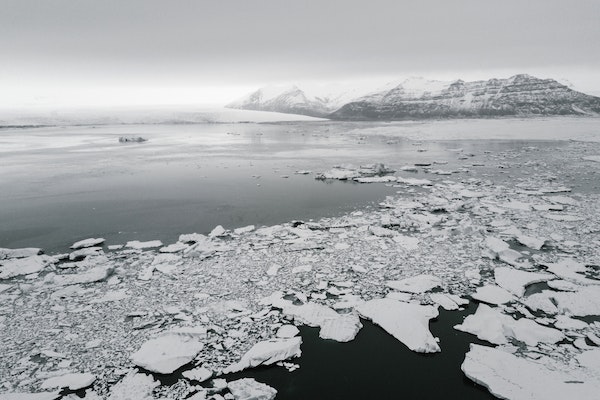
Fisheries
Study: Most marine fish are responding to ocean warming by relocating toward the poles
Fish populations are responding to ocean warming by shifting toward the earth’s poles or moving to deeper waters – all in a bid to stay cool.
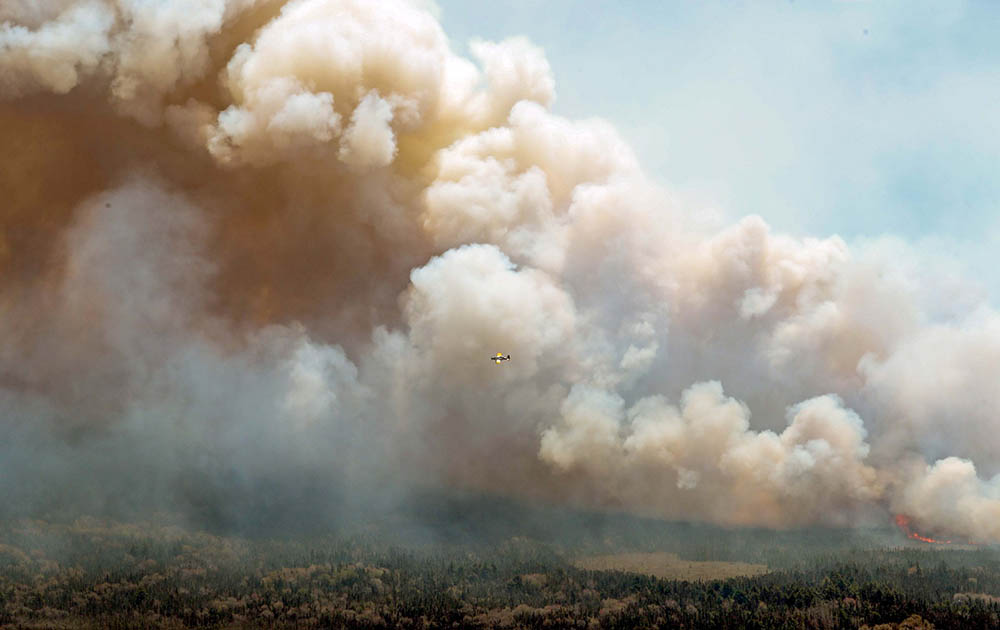
Intelligence
As ‘unprecedented’ wildfires burn across Canada, Nova Scotia seafood sector feels the heat
With wildfires raging across Canada, Nova Scotia's seafood industry faces lobster fishing, aquaculture and supply chain disruptions.
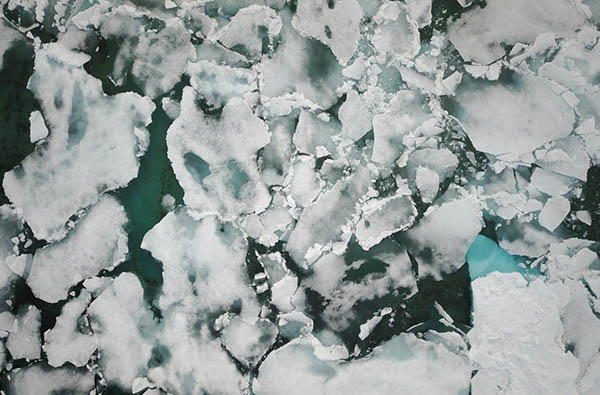
Innovation & Investment
Stanford grant program to fuel ‘bold, creative solutions’ to climate change, ocean conservation
The Big Ideas for Oceans grants will support research designed to help address climate change and advance ocean conservation.



